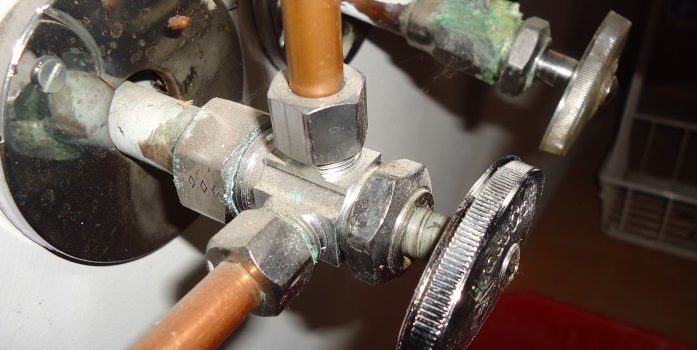
The Plumbing Installation Needs of Your House
Summary
– Plumbing: preparing the plumbing system
– The plan of the sanitary installation of the house
– Plumbing: the sanitary hot water
– The piping
– Plumbing: the water meter
After the structural work, the second work finalizes the construction of the house with insulation, external coatings, interior partitions, interior carpentry, staircase, electricity, plumbing, heating and air conditioning.
The sanitary installation of the house concerns the arrival of water from the city network, the heating of this water for its domestic use, and the evacuation of used water.
A private individual can do his plumbing if he is a good handyman. In this case, it may be helpful to have the plumbing installation checked by a plumber.
Plumbing: preparing the sanitary installation
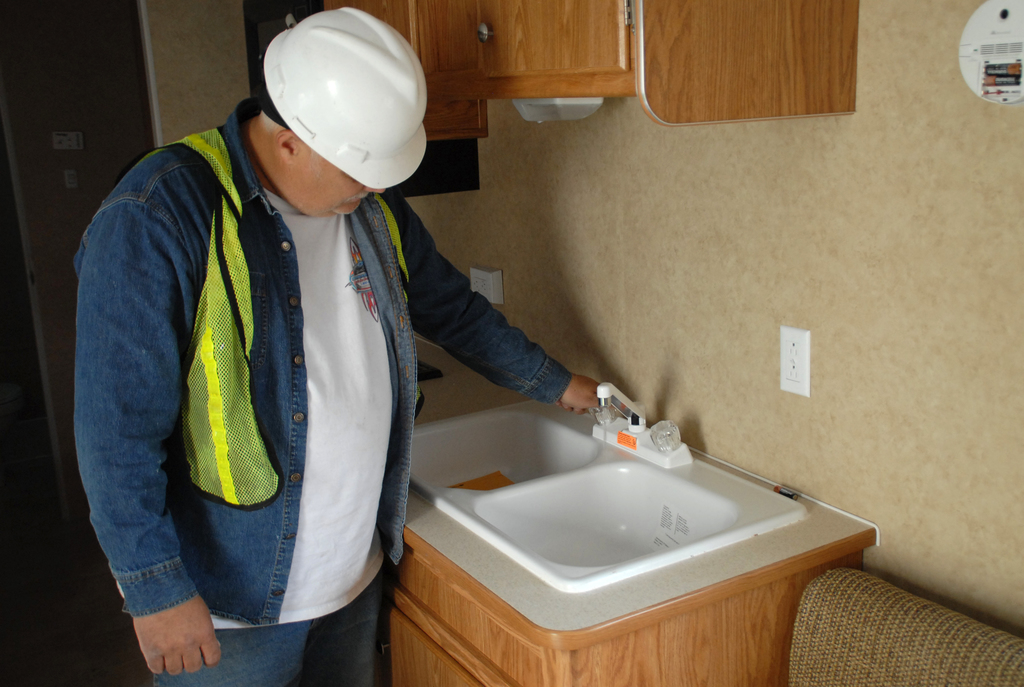
To set up the sanitary network, we start by placing the pit in the hole provided during the digging of the foundations. The pit is then filled three-quarters full of water to prevent overflow during rainy weather.
The trenches leading to the house are also dug beforehand.
The pit is then connected to the crawl space. Before starting the installation and closing the trenches, the work must be validated by the sanitary service of the town hall, which will check the conformity with the plan has received the building permit. Then the sanitary installation can be finalized.
The plan of the sanitary installation of the house
The plumbing installation is defined according to a precise plan. This plan can be of two types:
– Octopus: each appliance is connected to the feeder, a tube that allows the connection of several pipes by an independent pipe. This system is the simplest, requiring fewer connections but more pipe length.
– Rerouting: the initial feeder supplies, through a riser, several secondary feeders placed on each floor of the building. A shut-off valve is placed before each of these secondary feeders. This system is preferred in multi-story homes.
Plumbing: domestic hot water
Domestic hot water is used in the kitchen and bathrooms. It is produced by an independent water heater or a hot water tank connected to a boiler.
The water heater can run on electricity, gas, wood or solar energy. The first solution is by far the most common.
The piping
The piping can be mainly made of steel, copper or PVC.
– Steel pipes: a material designed to resist chemical and mechanical aggression.
– Copper pipes: suitable mechanical properties, solid, corrosion-resistant.
– PVC pipes: resistant, a PVC pipe is easily cut with a hacksaw if you want to adapt it to an installation.
Plumbing: the water meter
A water meter is handy since it allows, in addition to the reading of consumption, to track any leaks.
The meter can be obtained from a plumber, a manufacturer, or a specialized company on the advice of the local water department. This meter can be rented or bought.
The purchase is the most exciting solution financially; however, renting is more widely adopted. It ensures the maintenance and the replacement of the meters with the wire of the subscription indeed.
If the above seems to be a little bit challenging, you may wish to contact a plumbing professional in your region.
Read more:
– What Is an Isolation Valve Used For?
– Plumbing: Importance of Laying Drains With the Correct Dimensions;
– How to Choose a Washbasin Faucet;
– 4 Easy Steps to Drain a Gas Water Heater.
Also, should you wish to read on something more specific, please let us know in the comments below, and we will get back to you with the relevant information to help you in your plumbing needs.

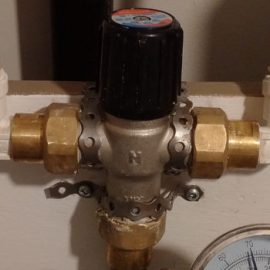
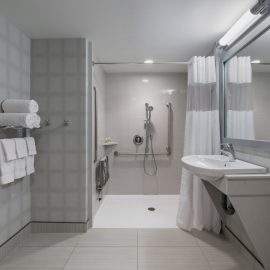
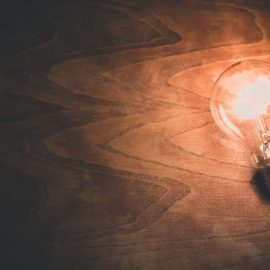
Pingback:Top 3 Most Popular Water Heaters Currently On The Market - Plumbers services
Pingback:Top 6 Things You Need To Know About Bathroom Remodeling - Plumbers services
Pingback:Top 3 Tips To Grow Your Plumbing Business - Plumbers services